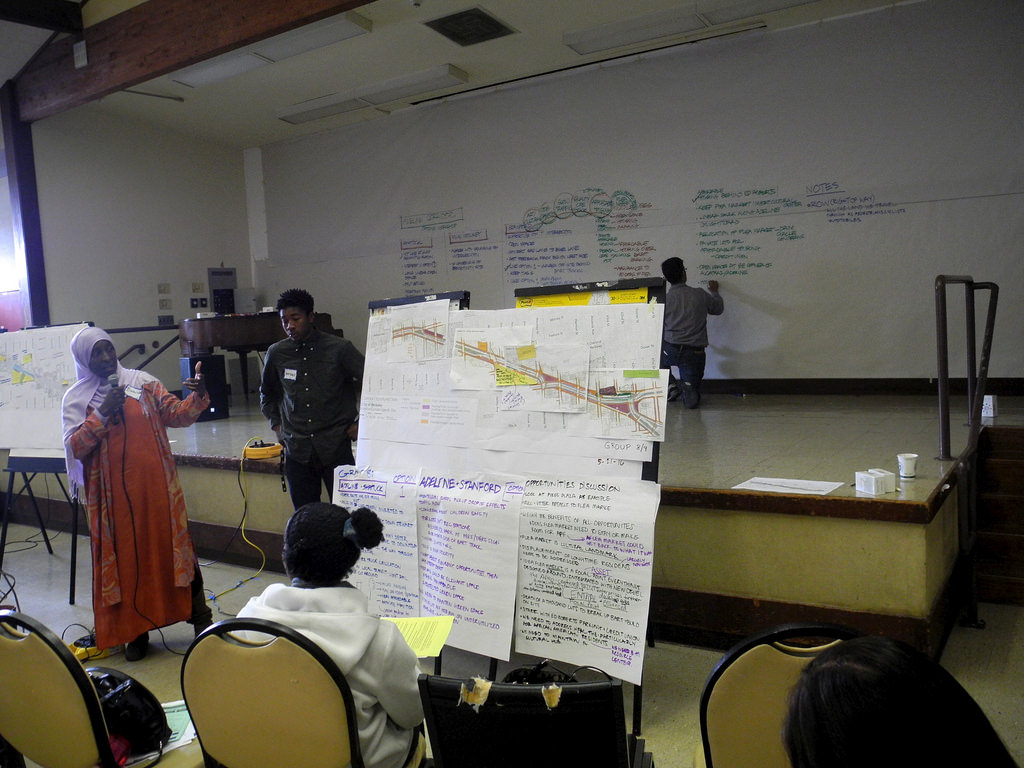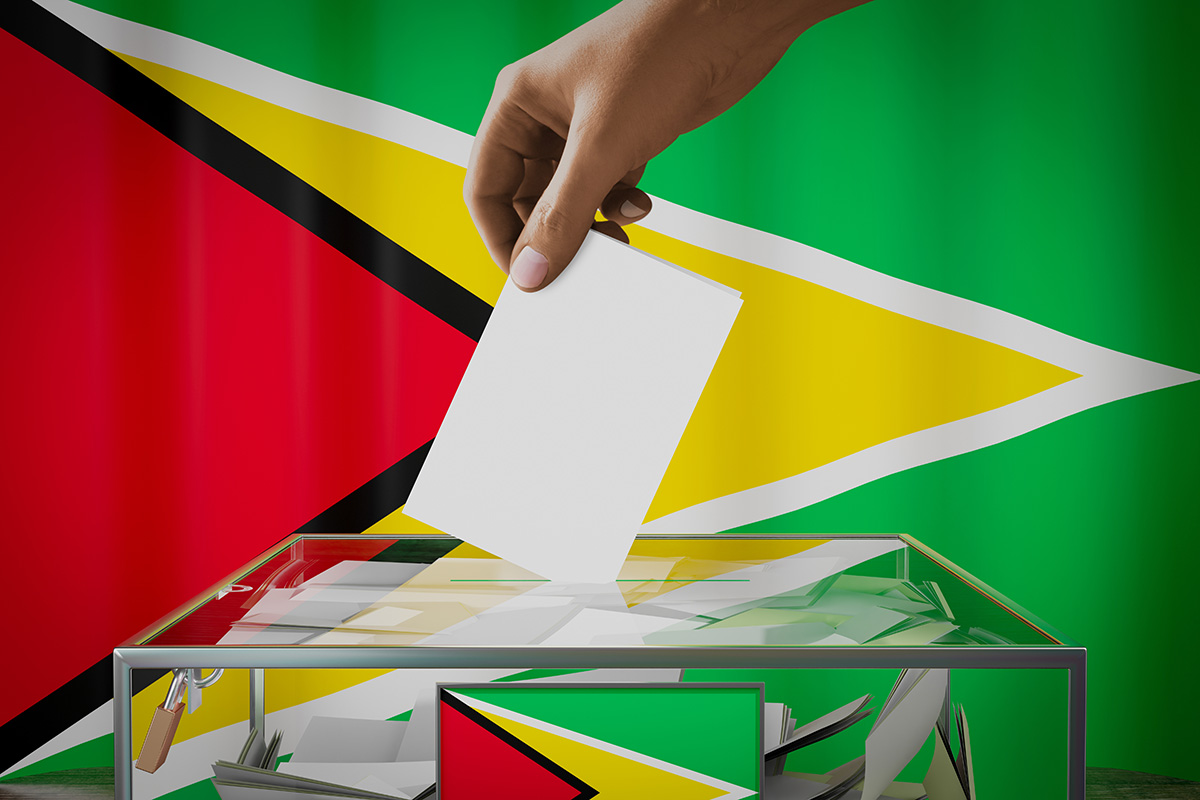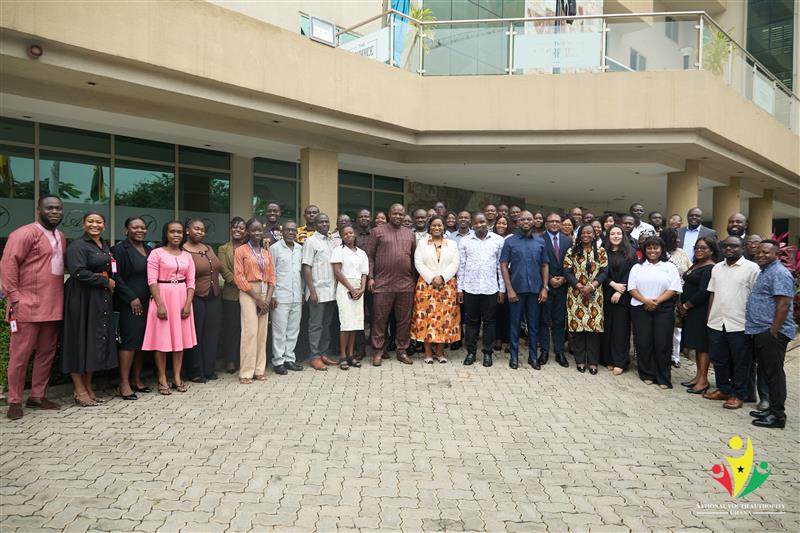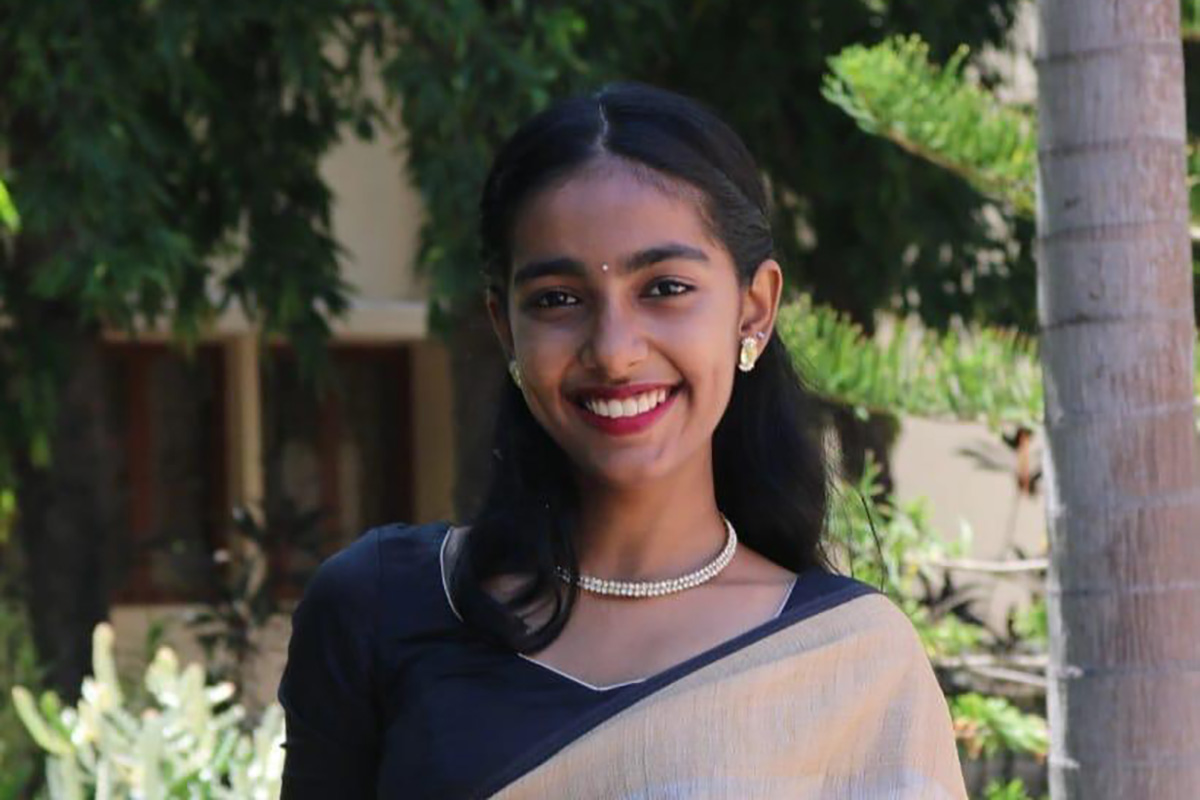“Putting people first to promote quality of life”
July 11Sustainable Development Goals that came into force after the phase-out of MDGs that drove global development for 15 years are relatively comprehensive in terms of scope and seek to address issues of poverty, hunger, education, and climate, writes Badru Walusansa, 25, a Correspondent from Kampala in Uganda, who says beneficiaries have to be involved in the planning.
It’s anticipated that by 2030, countries will have earmarked success stories such as poverty reduction, improved health, gender equality, increased production vs. consumption and increased literacy levels. Achieving such milestones requires concerted effort of different actors to localise the SDGs and create a sense of ownership to different target groups such as workers, youths, children, men and women.
Contemporary thoughts situate individuals as facilitators of their own development. It implies that for any development process, people ought to be directly involved as active participants and “not” passive agents. Under circumstances where development is left to take course without the involvement of the beneficiaries, expect a backlash and resistance. This should sound relevant to the implementing agencies of the SDGs, including among others UNDP, governments and civil society.
In the recent past, implementing agencies relied more on high-level meetings and conferences as strategies to engage public on development programmes and blue-prints, hence leaving out the grassroots. This was daunting because such meetings aimed at tackling issues that largely affected livelihoods of rural-poor communities. That might be convenient to fit in budgets of the implementers, but it creates a total reversal in reaching the target beneficiaries. Are we likely to experience the same as UNDP hires a five-star hotel in a highly polished and sophisticated urban setting, only to deliberate on issues of rural poverty, illiteracy and hunger – all tenets of rural-poor communities?
Before a paradigm shift in the operationalisation of NGOs and semi-autonomous bodies, programme results were reduced to quantitative documentation of field reports, leaving out the impact on the quality of life of the beneficiaries. NGOs would, for example report, accordingly: in 2012 the organisation was able to construct five bores in village x. However, construction of five bores alone is not definitive. It leaves out issues such as how many people benefited from the bores? And did the bores ultimately met the needs of the people in relation to gender and proximity?
The above example logically forms the crux of my argument against Goal One of MDGs. It envisaged the achievement of Universal Primary Education (UPE). It also set out a target of ensuring that, by 2015, children everywhere, boys and girls alike, will be able to complete a full course of primary schooling. Uganda in particular is one of the Sub-Saharan African countries that made progress in embracing the UPE programme since 1997. In 2015, whilst assessing the UPE programme in Uganda, Global Development revealed that in record time, numbers in UPE schools soared. Enrolment increased from 3.1 million pupils in 1996 to 8.4 million in 2013. Conversely, the report found this success seems to be falling apart amid a very high number of dropouts and poor-quality schooling for some of those who complete primary school. The UN Educational, Scientific and Cultural Organization (UNESCO) estimated that 68 per cent of children in Uganda who enrol in primary school are likely to drop out before finishing the prescribed seven years. What key lesson for the SDGs?
As the UNDP continues to roll out processes in support of the SDGs, governments should work towards
- Integrating the SDGs in their National Development Plans and Policies;
- Localising SDGs for a robust implementation process;
- Carrying out continuous oversights to track progress of SDGs;
- Engaging community groups, youths and women as drivers of SDGs.
- Translating SDGs into widely spoken local languages.
In 2030, just fourteen years from now, countries shall re-convene to evaluate the performance of SDGs. Critics will have listed the success stories and failures of the SDGs in meeting their targets. The question left behind for everyone is; what role will the SDGs play in bettering people’s quality of life for the next decade and beyond?
Reach me on Twitter @Walusansa Badru
This article first appeared on the Foundation for Human Rights Initiative website
photo credit: community workshop #2 via photopin (license)
………………………………………………………………………………………………………………
About me: I am a coordinator for Hands Against Poverty-Uganda, an initiative I support as I aspire to influence more youths in Uganda to directly engage in poverty reduction programmes. I am active in human rights advocacy and elections management, after having been a voter educator at the Citizens Election Observers Network-Uganda.
I have a passion for writing and have authored several articles on different topics in the Weekly Observer newspaper, and contribute articles for the Foundation for Human Rights Initiative’s website.
…………………………………………………………………………………………………………………
Opinions expressed in this article are those of the author and do not necessarily represent the views of the Commonwealth Youth Programme. Articles are published in a spirit of dialogue, respect and understanding. If you disagree, why not submit a response?
To learn more about becoming a Commonwealth Correspondent please visit: http://www.yourcommonwealth.org/submit-articles/
………………………………………………………………………………………………………………
………………







